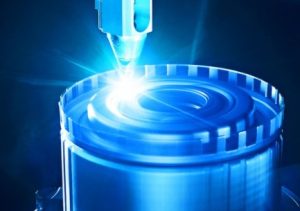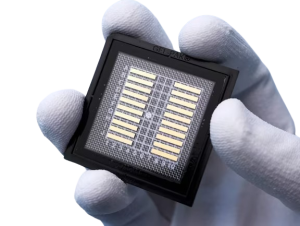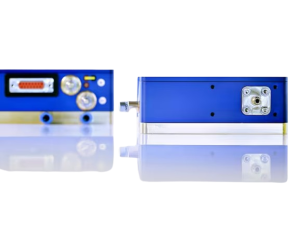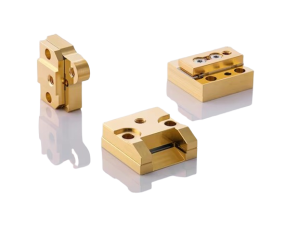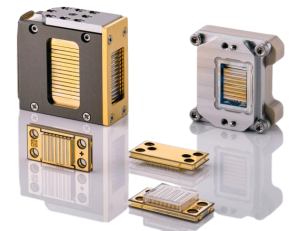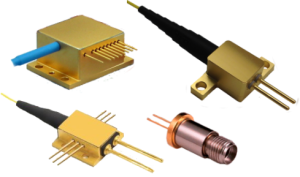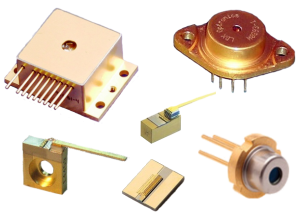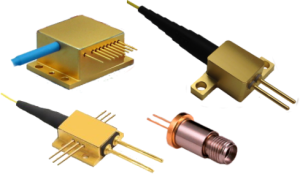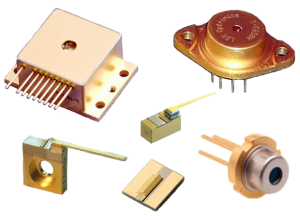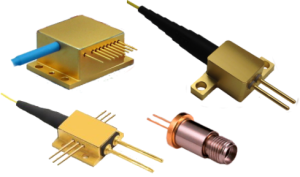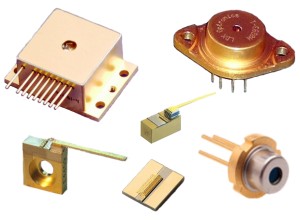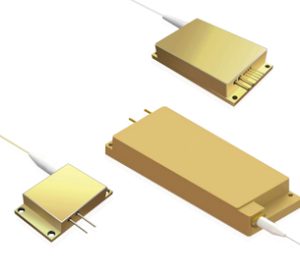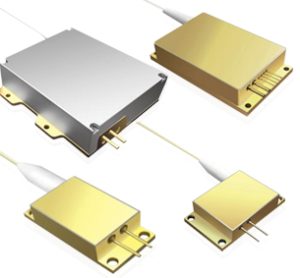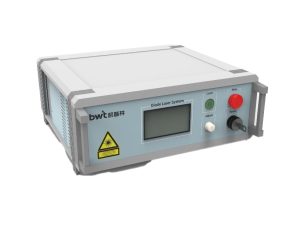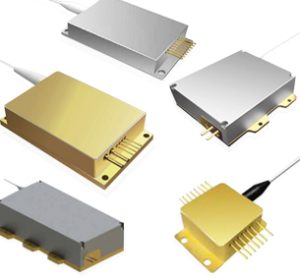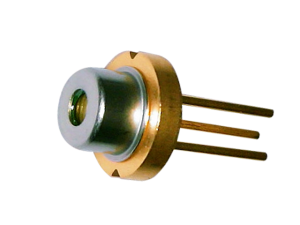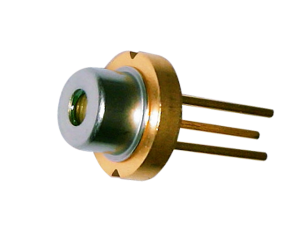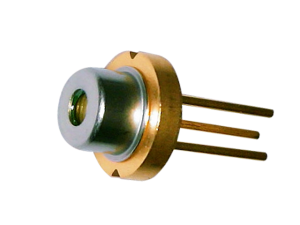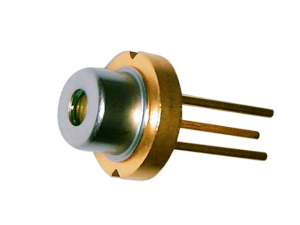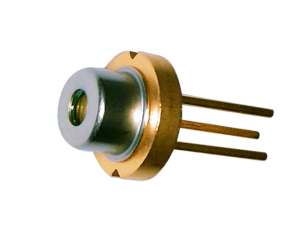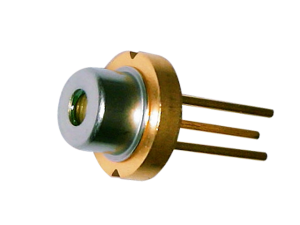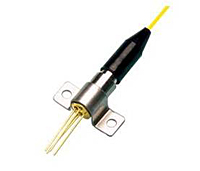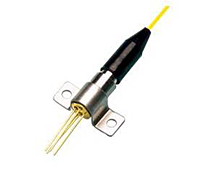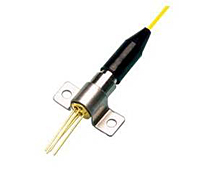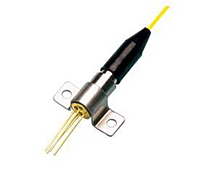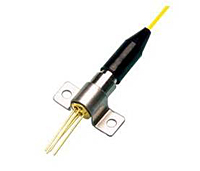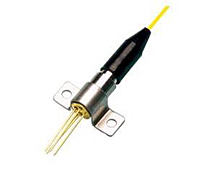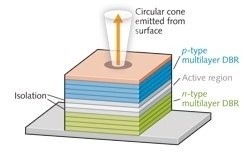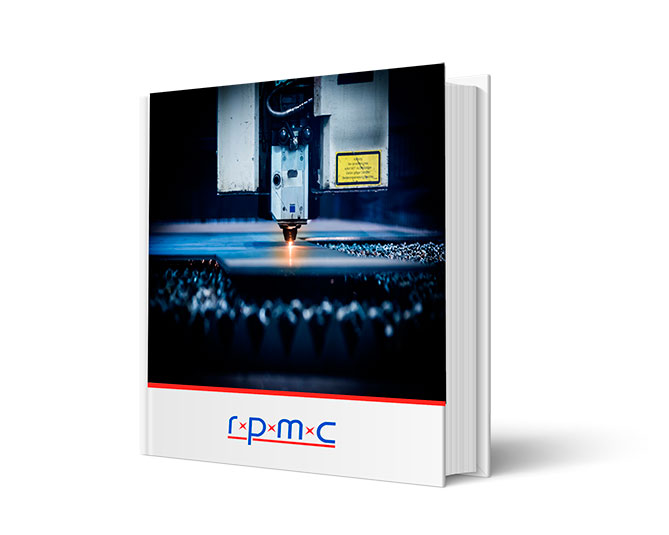Joining Process Lasers:
High Energy for Joining Applications like Welding, Cladding, Brazing, and Soldering
-
-
-
-
- Versatile Laser Diode Configurations for Precision Laser Joining
-
-
-
-
-
-
-
- Optimized Performance for High-Quality Joining Applications
-
-
-
-
-
-
-
- Reliable, Industrial-Grade Solutions Tailored for Diverse Environments
-
-
-
Why Choose a Joining Laser?
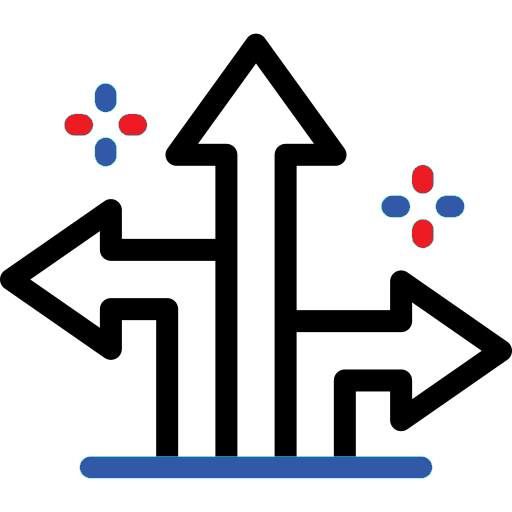
Versatile Laser Diode Configurations for Precision Laser Joining
-
- Fiber-coupled & free-space, single & multimode for varied materials & joint types
- Single emitter, arrays (bars) & laser diode stacks from mW to kW-range
- From compact TO-can packages to OEM modules to turnkey systems
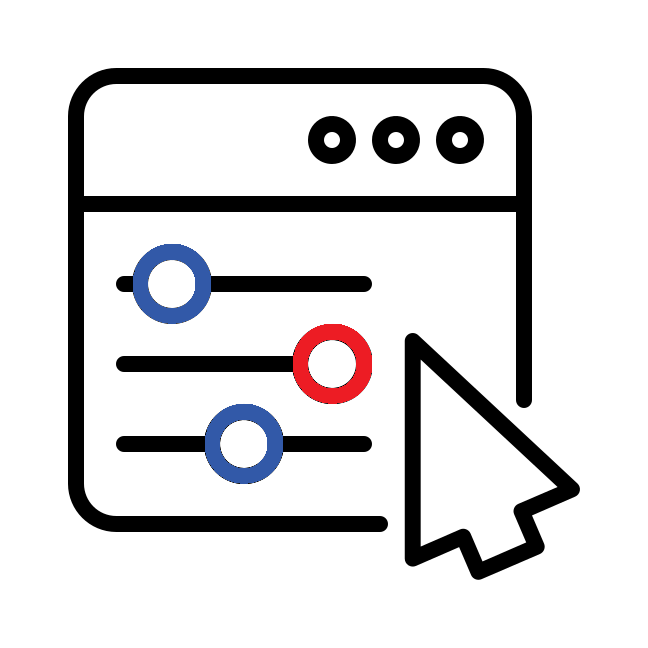
Optimized Performance for High-Quality Joining Applications
-
- High-power laser diodes deliver controlled heat for cladding, welding, brazing, and soldering
- Reduced HAZ & precise energy distribution enable superior joint strength and quality
- Adjustable power, UV-SWIR wavelengths & custom configurations to meet your needs

Reliable, Industrial-Grade Solutions Tailored for Diverse Environments
-
- Durable designs w/ rugged, field-proven components & high-volume production capabilities
- Flexible cooling and beam delivery options for seamless adaptation to different setups
- Made in the USA options and customizable platforms for reliable, precision joining
Over the last 30 years, RPMC has fielded thousands of joining lasers, built to endure the toughest conditions, delivering reliable performance from the shop floor to outdoor environments. Designed to withstand humidity, heat, dust, and vibration, these lasers provide consistent output with low maintenance, ensuring your operations run smoothly. With a versatile range of power, energy, and wavelength options, our lasers can be tailored to meet the specific demands of your application, from precision tasks to high-power throughput. We’re not just providing a product—we’re partnering with you to find the perfect solution and support you through every stage of your project, dedicated to helping you achieve long-term success.

 SHIPS TODAY
SHIPS TODAY 